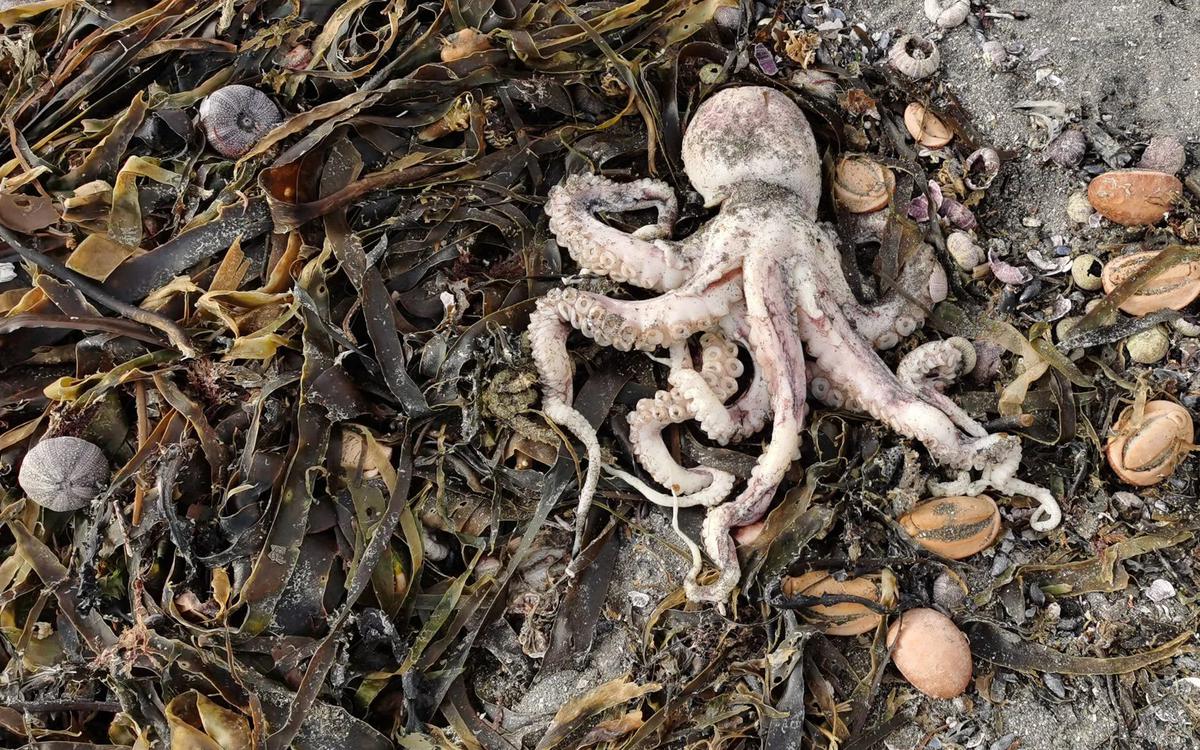This Week’s Highlights
The EU pushes for new Russia sanctions in response to the Navalny poisoning and we explain who might really be affected; we track an environmental disaster off of the coast of the Kamchatka peninsula; our reporters came back from the epicenter of a new environmental protest in the country’s seventh-largest city; plus, Novaya’s reporting on the ongoing Nagorno Karabakh war exposes uncomfortable truth and roils local officials.
Want to get the full story? Click the links below for full-length articles in Russian.
EU Sanctions Fallout, Explained
The EU considers slapping the Kremlin with additional sanctions in response to the poisoning of opposition leader Alexei Navalny. This week we give you a sneak peek at what will be in the new sanctions package and how effective they could actually be.
THE TARGETS.The new sanctions would affect 9 people, primarily officials in the Presidential administration and the security services. They would also target 1 entity involved in developing the Novichok nerve agent, Russia's State Research Institute of Organic Chemistry and Technology.
THE CONSEQUENCES.Similar to previous EU sanctions, this new package would prohibit the targeted individuals from entering EU territory and freeze any of their assets within the Union. Russian oligarchs hold trillions of dollars in investments and properties there. And EU-based offshores, such as Cyprus, are instrumental for Russian ruling elites in laundering stolen money. But for some EU states and human rights watchdogs, the new sanctions do not go far enough. They also want to target the Nord Stream 2 pipeline, a project critical to the Kremlin that would bring Russian gas into Germany. But most Russian observers interviewed by us see that as unlikely to happen.
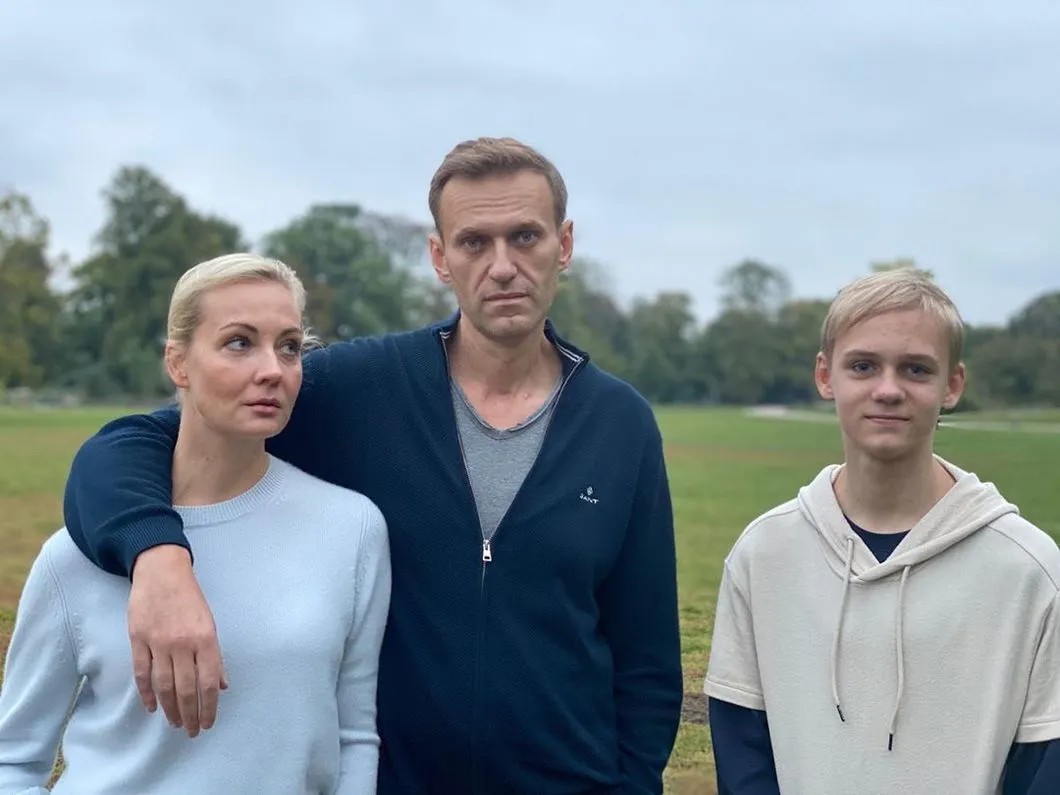
WILL NEW SANCTIONS BE EFFECTIVE?In short: no. The new proposed package isn't as harsh as previous rounds of similar international sanctions in response to prohibited chemical weapons. Moreover, the existing draft will undergo additional watering down from pro-Russian EU state-members to secure the full consensus needed for the approval.
MEANWHILE, DENY, DENY, DENY.Even after a global chemical weapons watchdog determined that Navalny had a nerve agent from the banned Novichok family in his blood sample, Russian officials refuse to admit any wrongdoing or their role in the attempted murder. Instead, the Kremlin keeps claiming that Navalny poisoned himself as a publicity stunt.
BACKSTORY.The US and Europe have imposed sanctions against Russia in response to a variety of malign activities, including Russia's invasion of Ukraine, US election interference, malicious cyber activities, human rights abuses, the use of chemical weapons, trade with North Korea, and Moscow's support of murderous regimes in Syria and Venezuela. The Global Magnitsky Act, passed by the US Congress (named after a murdered Russian lawyer named Sergei Magnitsky, who blew the whistle on a massive embezzlement scheme in Russia) and sanctioned all Russian officials who were involved in Magnitsky's subsequent death. The act was later expanded to punish human rights abusers worldwide.
Read our deep dive into the EU sanctions proposal here.
The Kamchatka Disaster, Explained
It has been over a week since a mysterious water poisoning led to hundreds of dead sea animals washing up on the Kamchatka shores. It happened in a remote far-eastern part of the country — right across from Alaska. Some environmental activists pointed the finger at the military. Others blamed government negligence and local landfills' irresponsible management. Few believe the government explanation just weeks after the officials tried to cover up a devastating oil spill in Arctic Siberia. This week our Vladimir Khitrov reports from the epicenter of the environmental catastrophe.
OFFICIALS DENY RESPONSIBILITY.Regional officials reported two times the average amount of phenol and four times the amount of oil products in the Khalaktyrsky beach area. Initially, the government claimed that oil products leaking from passing ships caused pollution. Later, local officials started to blame nature: nearby volcano activity or a so-called ''red tide'' of toxic algal blooms. Many environmentalists dismiss both theories.
POSSIBLE MILITARY INVOLVEMENT.Many suspect the Russian Navy Pacific Fleet's presence in the region. Secrecy surrounding the official data on the incident is hardly coincidental. The officials refuse to say where exactly the pollution is coming from, and the Ministry of Defense explicitly denied any involvement — although few asked them at first. Old landfills full of rocket fuel and other chemicals are spotted at a nearby military testing site. Novaya Gazeta spoke with former army officials in the region, and many mentioned a possible military's role in the pollution.
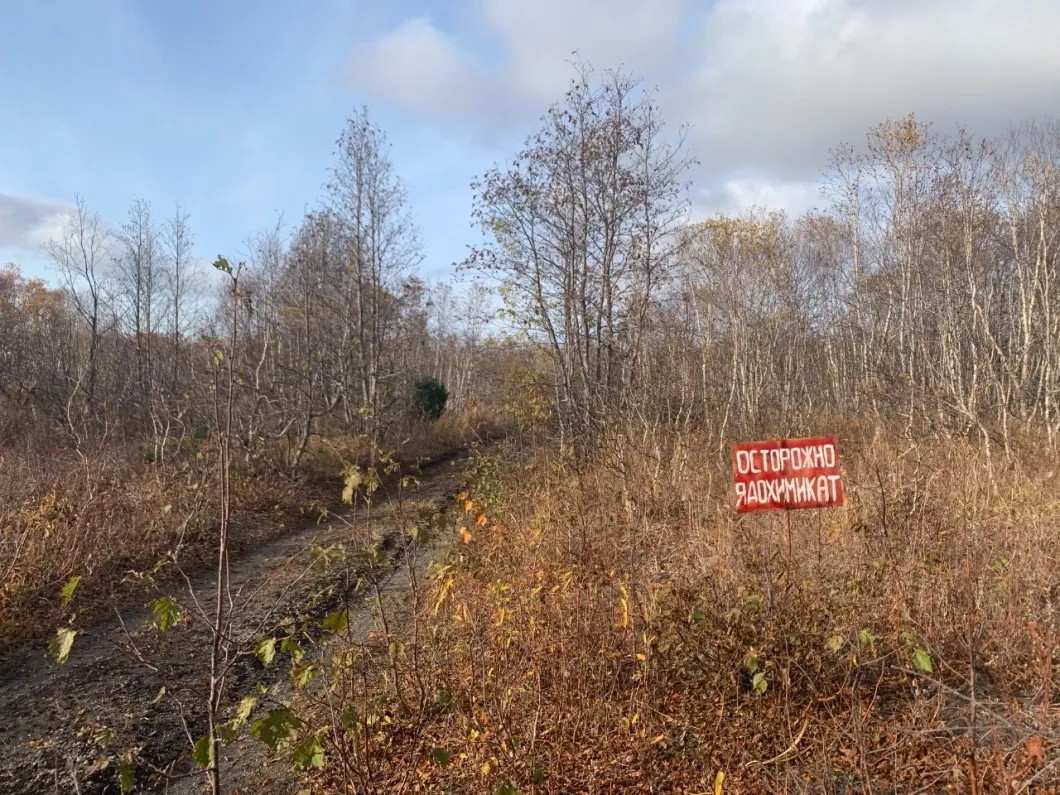
''There really must have been a very terrible accident. Obviously, this is not just spilled oil from a ship. The impact travelled deep down into the ocean — starfish, scallops, crabs are all affected. This is a serious blowout,'' one expert explains to Novaya.
USING THE OCEAN AS A DUMPSITE FOR TOXIC MILITARY WASTE. Our correspondent talked to several former military officials in the region, and most testified about the decades-long practice of burying environmentally hazardous offshore.
''There were sealed barrels with chemical mixtures, contaminated equipment, and ammunition. We took it 15 miles away and threw it in the water. Some stuff is buried closer to the shore. I am sure that the ocean floor hides many military secrets. There are sunken ships, submarines, and torpedoes. Now all of this has rotted and begun to dissolve,'' a military source told us.
MISMANAGED LANDFILLS MIGHT BE ALSO THE CAUSE. Environmental activists point to at least five major dumpsites in the area. The most likely culprit is the Kozelsky landfill, which buries hundreds of tons of pesticides and other agricultural chemicals. Back in 2006, a local expert warned that there were 20 tons of arsenic buried here, enough to poison the entire Northern Pacific Ocean. A few years later, the government invested billions in fortifying the landfill to prevent any leaks. Still, since then, the site has been wholly abandoned.
BACKSTORY.The Kamchatka disaster is a part of a broader problem of worsening environmental degradation in Russia. Just recently, officials struggled to contain the Arctic's largest-ever fuel spill. It happened due to oversight neglect, and officials colluded with local oligarchs for a coverup. For some time now, the Kremlin has been stripping away environmental protections. Often it happens for the sake of maximizing profits from natural resources and ever-expanding mining, something that the country's economy is entirely dependent on. Another contributing factor is the aggressive military expansion in the Russian Arctic as the government rushes to take over new trading routes that are opening up due to climate change.
Read our deep dive into the Kozelsky landfill and other possible causes of the pollution in Kamchatka here.
Chelyabinsk’s Eco-Pushback, Explained
Поддержите
нашу работу!
Нажимая кнопку «Стать соучастником»,
я принимаю условия и подтверждаю свое гражданство РФ
Если у вас есть вопросы, пишите [email protected] или звоните:
+7 (929) 612-03-68
This is the kind of story we keep reporting from all across Russia. An oligarch-owned plant de-facto takes over a city, keeps poisoning locals and the environment. Simultaneously, officials remain silent because they are bribed or scared to deal with mass layoffs. But public pushback is on the rise. This week our special correspondent Ivan Zhilin reports on one example in Chelyabinsk.
SERIAL POLLUTER. Residents of Chelyabinsk, Russia's seventh-largest city along the Ural mountains, want to know who is actually in charge of their region? The pro-Kremlin governor Alexey Texler or Igor Altushkin, the wealthy owner of the Russian Copper Company RMK? The company donated computers to local schools and built a stadium for the city. However, the local government completely ignores the detrimental environmental impact that the company is causing — the region regularly records high concentrations of phenol, hydrogen sulfide, and formaldehyde.
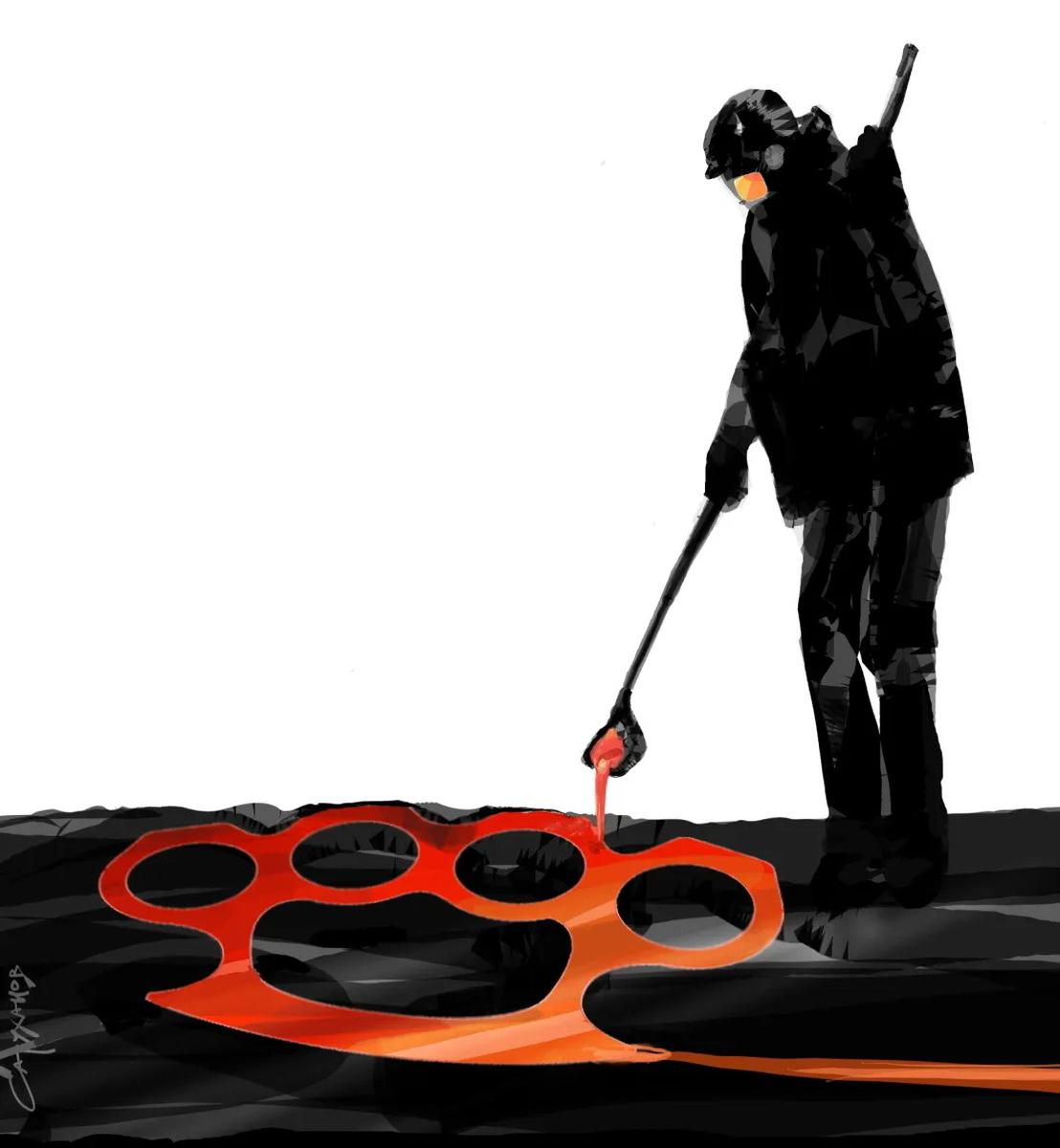
ENVIRONMENTAL DEGRADATION. Local residents dislike the Russian Copper Company for one simple reason: their city regularly falls almost last in Russia's National Environmental Rating. Chelyabinsk is surrounded by factories and industrial dumps and is choking on pollutants. Residents regularly fall ill from cancers and cardiovascular disease.
MORE POLLUTION IS ON THE WAY. Now the company wants to construct a new factory in the city's Southwest, the only area where a little bit of clean air can enter the city. RMK destroyed many homes to clear the construction space, and residents are growing desperate. Some have abandoned nearby villages in response to the situation.
FIGHTING BACK. Residents across the Chelyabinsk region have been fighting back by staging protests and petitioning the courts to halt the copper company's activities. President Putin addressed the issue during a five-minute phone call with local activists, but nothing changed after that. Some believe it was only a ploy to gain electoral support. Some are beginning to think they cannot compete against the wealthy oligarchs destroying their home and reaping the benefits.
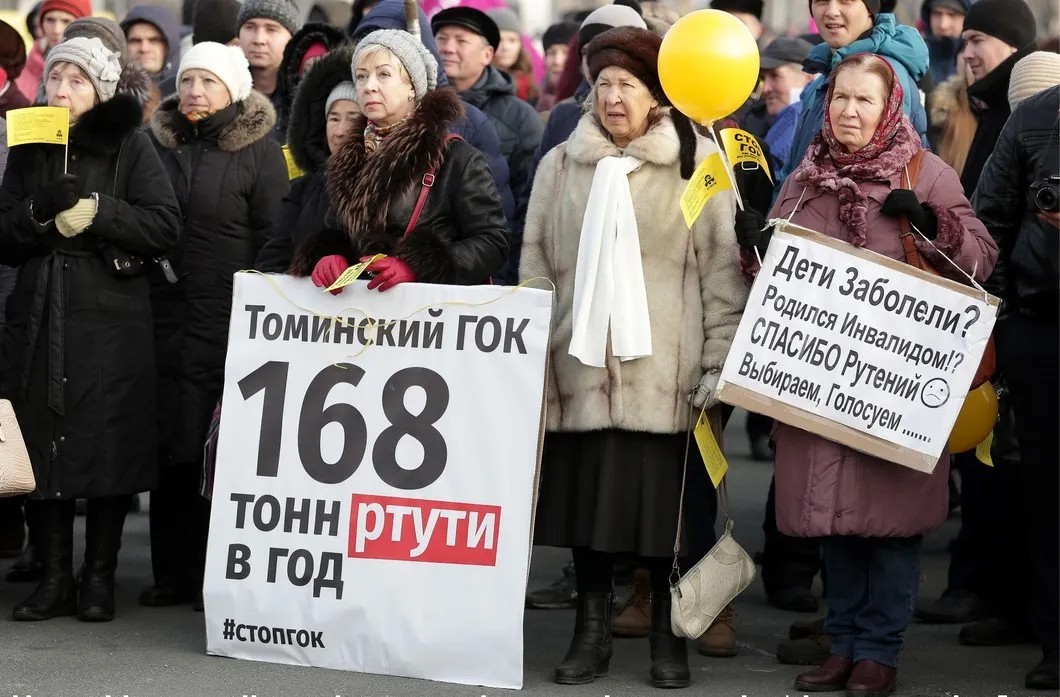
THE STATE COLLUDING WITH OLIGARCHS TO SILENCE ENVIRONMENTAL PUSHBACK. One of the environmental movement leaders, Vasily Moskovets, was also targeted with bogus accusations of arson. He was falsely accused of lighting wood on fire at the construction site for the new plant. Moskovets wasn't at the scene of the crime. It was raining, and the wood didn't catch on fire. Ultimately, it turned out that the whole thing was a setup. Novaya Gazeta reviewed tapes of the activists' conversations and can confirm that Moskovets didn't propose arson.
BACKSTORY.Chelyabinsk isn't the only city struggling with the toxic effects of pollution. Environmental degradation has become dire across Russia, which has spurred the growth of a countrywide ecological movement. Novaya has been covering a handful of hotspots over the last year. Take Shiyes, the ''ground zero'' of Russian eco-pushback where for a year and a half environmental activists have been living in the forest to prevent the construction of Europe's biggest landfill. It keeps inspiring the growing number of environmental uprisings. From the Ural region of Bashkortostan, where local residents launched an uprising against plans to mine for limestone on a localreligious site, to anti-landfill protests in Southern Russia.
Read our full story about how a Russian copper company is taking over Chelyabinsk and how residents are fighting back here.
Russian Role in Nagorno-Karabakh, Explained
Our Special Correspondent Ilya Azar has been reporting on the resumed fighting between Armenia and Azerbaijan almost from day one. He crisscrossed the Nagorno-Karabakh frontline documenting the massive civilian toll of the fighting over an unrecognized region. Yet, local officials have suddenly revoked his press accreditation. This week we examined another censorship attack on our reporters and the Kremlin's growing involvement in the war.
THE REPORT THAT GOT US BOOTED FROM NAGORNO-KARABAKH.One of Azar's reports detailed the bombing of a cultural center in the city of Shushi in Nagorno Karabakh and the fact that members of the military and the police were in the building when it was bombed by Azerbaijan.
"Not far from the cultural center, young men in bright yellow raincoats huddle under flimsy trees. They are the Karabakh Ministry of Emergency Situations' rescue workers, who are dismantling the rubble in the building. One of them, Harut, is very reluctant to say that the nearby unexploded rocket sticking out of the asphalt landed the day after the bombing when rescuers were already working here. He said the military was holding a meeting in the club at the time of the attack. There were about 300 people there when the rocket hit. Rescuers have already retrieved 19 corpses," Azar wrote in his dispatch.
WHY IT ANGERED THE AUTHORITIES.Civilian sites have been targeted in the ongoing fighting, unfortunately, quite often. Dozens of peaceful people were killed by airstrikes in the worst outbreak of violence here since 1994. Military propaganda from all three sides (Armenia, Armenian-controlled Nagorno-Karabakh, and Azerbaijan) utilizes these incidents to accuse each other of war crimes and gain a moral advantage. However, using civilian sites as a shield for military activities have not been entirely uncommon in this conflict. Officials in charge definitely don't want journalists investigating that.
KREMLIN WON'T INTERFERE OFFICIALLY. De-facto, the war falls within reach of the Russia-led Collective Security Treaty Organization (CSTO). Basically, a NATO-copycat, the Kremlin established this international alliance in the 2000s to preserve military control over six former Soviet colonies, including Armenia. The 'collective security' clause obligates Moscow to come to Armenia's aid if the country suffers a direct attack. However, the Kremlin now stands on technical ground and insists that Nagorno-Karabakh, as an unrecognized statelet, doesn't fall within the CSTO.
BUT IN REALITY, IT IS ALREADY INTERFERING.In the simplified version of Nagorno-Karabakh's war geopolitics, many often pit Russia-backed Armenia vs. Turkey-backed Azerbaijan. But the reality is messier. The Kremlin sells weapons and missile systems to both — and not just for the sake of profits. By tactically supporting both sides, Russia attempts to curtail Turkish influence and prevent it from deploying a large contingent to the region that Moscow still sees as its own colonial domain.
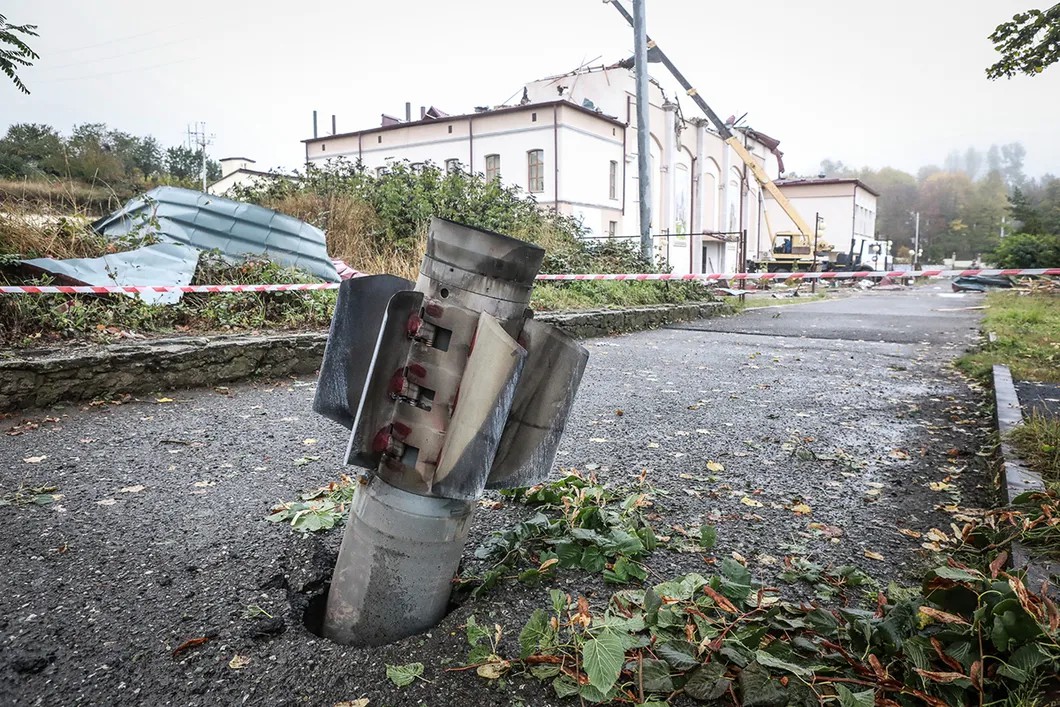
BACKSTORY.The frozen conflict in Nagorno Karabakh, a region claimed by both Azerbaijan and Armenia, has suddenly thawed as renewed fighting broke out in late September. But the war itself is a legacy of Soviet colonialism. The practice of redrawing borders of conquested territories into a messy web of overlapping jurisdictions was a popular Kremlin trick to torpedo any secession attempts. In the 1920s, the Soviet government established Nagorno Karabakh the same way — as an autonomous region within Azerbaijan despite that around 95 percent of the population was ethnically Armenian. The outbreak of ethnic violence in the area in 1987 marked the start of the Soviet Union's collapse. It left roughly 30,000 people dead and forced hundreds of thousands of Armenian and Azerbaijani to become refugees. The Kremlin brokered a ceasefire in 1994 that stopped ethnic cleansing but transformed Nagorno Karabakh into a frozen conflict, leaving the region in legal limbo until today.
Read Novaya Gazeta Special Correspondent Ilya Azar’s full dispatch on the bombing in Shushi here; and our columnist Pavel Felgenhauer’s analysis of the situation on the ground here.
Other Top-Stories Russia Has Been Reading
- RUSSIA’S SECOND WAVE OF COVID-19.Russia has officially recognized that it is experiencing a second wave of the coronavirus pandemic. On Friday, the country recorded 12,000 new cases in one day— a record since the peak of the pandemic in May. While authorities have yet to enforce a strict quarantine around the country, this week we published another series of monologues from Russian medical workers on Covid-frontlines. Check the first part in one of our previous special editions.
- THIS WEEK WE REMEMBERED THE ANNIVERSARY OF POLITKOVSKAYA’S ASSASINATION. It's been 14 years since Novaya Gazeta investigative journalist Anna Politkovskaya was murdered in the entrance of her own home. The perpetrators, two Chechen assassins, were given lengthy jail sentences. But officials never bothered to find the people who ordered the killing. On October 7, 2021, the statute of limitations expires, and the person who ordered Politkovskaya’s murder may never be held accountable for her death. The Russian state protected her killer through its inaction.
- KHABAROVSK UPRISING UPDATE.Another dispatch from the epicenter of Russia’s largest ongoing anti-Kremlin protests was trending among our readers. Khabarovsk citizens have been demonstrating since July against the controversial arrest of the independent governor Sergei Furgal. For the first time in months, security forcesviolently cracked down on peaceful protesters. Several people decided to set up tents in the city center in response, and the situation escalated. At least 25 people were detained. Furgal remains in pre-trial detention in Moscow’s infamous Lefortovo detention center.
Thanks for reading!To keep up with Novaya Gazeta’s reporting throughout the week, you can follow us on Facebook, Twitter, Instagram, and Telegram. Our video content is available on Youtube and don’t forget to visit our website for the latest stories in Russian.
— The Novaya Gazeta Team
Поддержите
нашу работу!
Нажимая кнопку «Стать соучастником»,
я принимаю условия и подтверждаю свое гражданство РФ
Если у вас есть вопросы, пишите [email protected] или звоните:
+7 (929) 612-03-68
